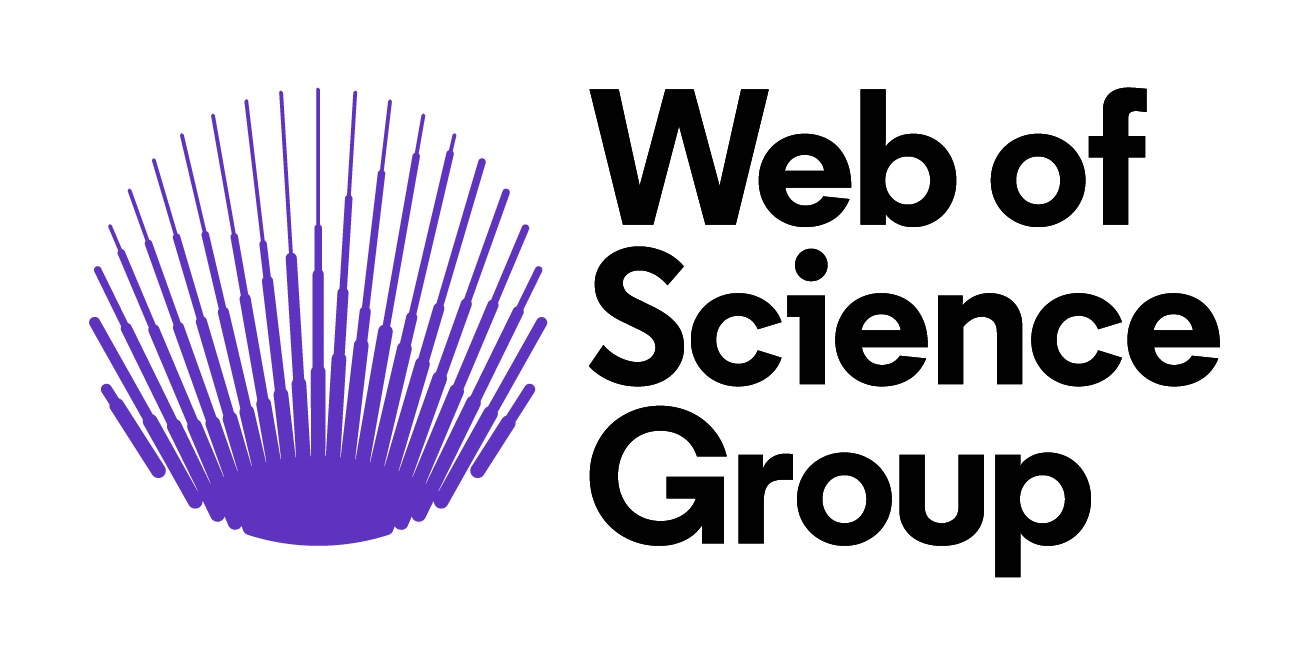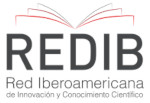Teaching stability in Physics: problem-solving with Neuroeducatio
DOI:
https://doi.org/10.48017/dj.v9i3.3067Keywords:
Sequência Didática, Estabilidade, Resolução de Problemas, Neuroeducação, Ensino de FísicaAbstract
This article presents a proposal for a didactic sequence for teaching stability in a physics teacher education course, utilizing problem-solving with a neuroeducation approach. The objective of this study is to develop a didactic sequence that promotes the understanding of the concept of stability through problem-solving and neuroeducation strategies. The methodology used in this research is exploratory, involving a literature review on the topic and the analysis of existing didactic sequence proposals for physics teaching. Based on these analyses, a didactic sequence was developed, consisting of five stages: presenting the concept of stability, identifying problems, creating strategies to solve them, applying these strategies, and evaluating the learning process. We conclude that this proposed didactic sequence for teaching stability in a physics teacher education course, using problem-solving and neuroeducation, can be an effective strategy for improving the learning process, promoting a greater understanding of the concept of stability, as well as stimulating students' motivation and engagement.
Metrics
References
Ausubel, D. P. (2003). Aquisição e retenção de conhecimentos: Uma perspectiva cognitiva. São Paulo: Plátano Edições Técnicas.
Bonjolo, É. L. (2015). A resolução de problemas no ensino de física. Revista Prática Docente, 1(1), 1-14.
Carvalho, A. M. P., Falcão, T. P., & Gomes, R. M. (2015). Resolução de problemas como estratégia de ensino em física: uma revisão bibliográfica. Revista Brasileira de Ensino de Física, 37(2), 1-12.
Costa, V. B., Silva, M. A., Oliveira, J. P., Santos, A. L., & Gomes, R. F. (2016). Resolução de problemas em física: Uma proposta baseada em estratégias de resolução. Revista Brasileira de Ensino de Física, 38(3), 1-10. https://doi.org/10.1590/S1806-11173812002
Costa, V. M. R., Sousa, A. L. S., Ribeiro, S. M., & Fernandes, P. C. (2016). Resolução de problemas como estratégia para o ensino de campo elétrico no ensino médio. Revista Brasileira de En-sino de Física, 38(1), e1301. https://doi.org/10.1590/S1806-11173812002
Gil, A. C. (2018). Métodos e técnicas de pesquisa social (7ª ed.). Atlas.
Guillén, J. C. (2017). Neuroeducación en el aula: De la teoría a la prática. Barcelona: Createspace In-dependent Publishing Platform.
Halliday, D., Resnick, R., & Walker, J. (2016). Fundamentos de Física. Volume 2. 10. ed. Rio de Janei-ro: LTC.
Herculano-Houzel, S. (2019). Neuroeducación y aprendizaje de la física. Enseñanza de las Ciencias, 37(1), 81-89.
Lôbo, I. M., Assis, A. H. S., Gonthier, H. A., Pereira, S. M. J., & Vicente, R. D. (2024). O papel do storytelling na melhoria da qualidade educacional em escolas públicas de ensino funda-mental. Revista Ibero-Americana de Humanidades, Ciências e Educação, 10(04), 1454-1461. https://doi.org/10.51891/rease.v10i4.13719
Marconi, M. de A., & Lakatos, E. M. (2017). Fundamentos de metodologia científica (8ª ed.). Atlas.
Mcdermott, L. C., & Redish, E. F. (1999). Resource letter: PER-1: Physics education research. Ameri-can Journal of Physics, 67(9), 755-767.
Mora, F. (2017). Neuroeducación: Solo se puede aprender aquello que se ama. Madrid: Alianza Edito-rial.
Polya, G. (1945). How to solve it: A new aspect of mathematical method. Princeton: Princeton Univer-sity Press.
Rotta, N. T., Bridi Filho, C. A., & Bridi, F. R. (2018). Plasticidade cerebral e aprendizagem: abordagem multidisciplinar. Porto Alegre: Penso.
Schoenfeld, A. H. (1992). Learning to think mathematically: Problem solving, metacognition, and sense-making in mathematics. In D. A. Grouws (Ed.), Handbook of research on mathematics teaching and learning (pp. 334-370). Macmillan.
Sousa, A. S., Ribeiro, S. B., Santos, A. S., Candido, R. B., & Cruz, A. C. (2020). A utilização da neuroe-ducação e a resolução de problemas na aprendizagem da cinemática no Ensino Médio. Re-search, Society and Development, 9(4), e199432040. https://doi.org/10.33448/rsd-v9i4
Downloads
Published
How to Cite
Issue
Section
License
Copyright (c) 2024 Daniel Nicolau Brandão

This work is licensed under a Creative Commons Attribution 4.0 International License.
The Diversitas Journal expresses that the articles are the sole responsibility of the Authors, who are familiar with Brazilian and international legislation.
Articles are peer-reviewed and care should be taken to warn of the possible incidence of plagiarism. However, plagiarism is an indisputable action by the authors.
The violation of copyright is a crime, provided for in article 184 of the Brazilian Penal Code: “Art. 184 Violating copyright and related rights: Penalty - detention, from 3 (three) months to 1 (one) year, or fine. § 1 If the violation consists of total or partial reproduction, for the purpose of direct or indirect profit, by any means or process, of intellectual work, interpretation, performance or phonogram, without the express authorization of the author, the performer, the producer , as the case may be, or whoever represents them: Penalty - imprisonment, from 2 (two) to 4 (four) years, and a fine. ”


















